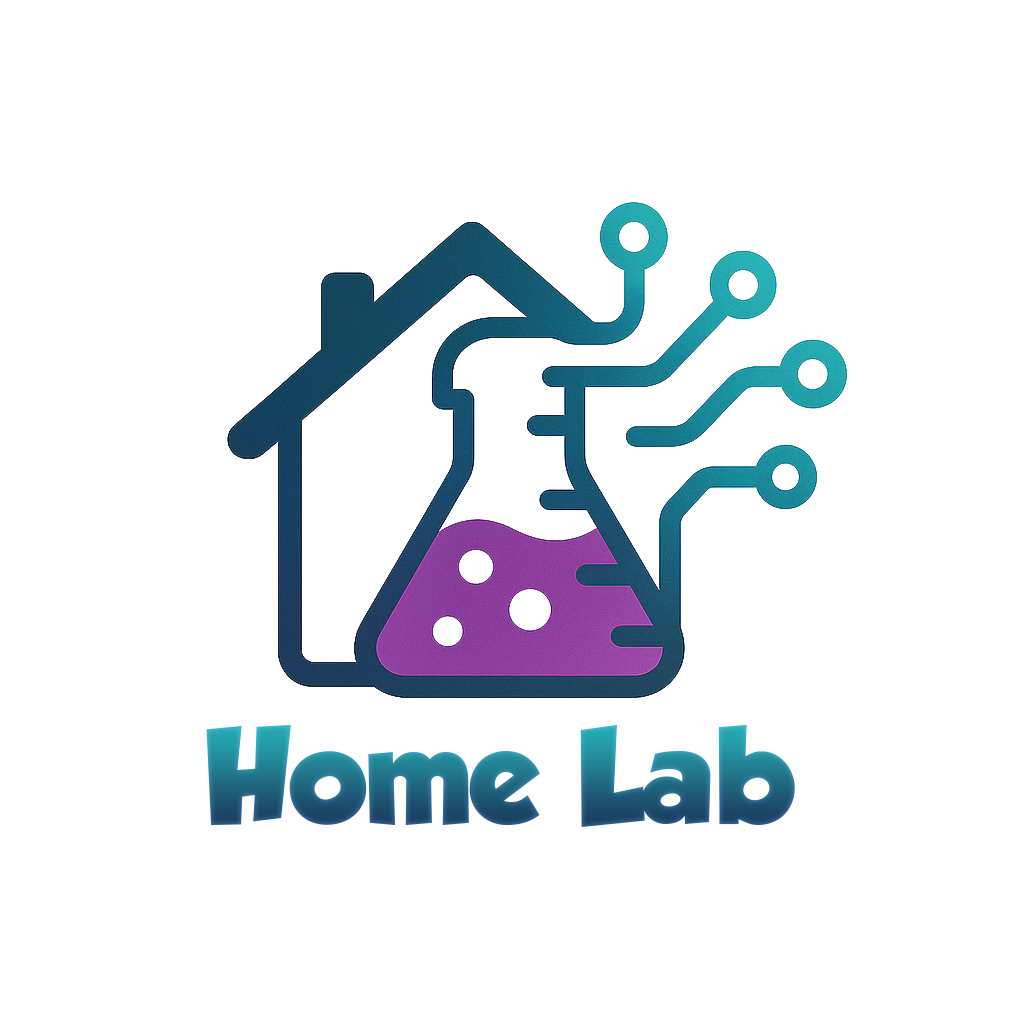Open-source business intelligence tool for generating charts, dashboards, and sharing insights.
| Official website: | https://www.metabase.com/ |
|---|---|
| Home Lab: | https://metabase.logu.au/ |

Introduction:
Metabase, an open-source business intelligence (BI) tool, has gained popularity for its user-friendly approach to data exploration and visualization. Designed with simplicity in mind, Metabase empowers users, including those without technical backgrounds, to effortlessly interact with and derive insights from their data. In this exploration, let’s uncover the key features that make Metabase a valuable asset for organizations seeking an intuitive and accessible BI solution.
Understanding Metabase:
Metabase is an open-source BI platform that simplifies the process of querying databases, creating visualizations, and sharing insights within an organization. Whether connecting to relational databases, NoSQL databases, or cloud data sources, Metabase provides a unified and user-friendly interface for exploring and understanding data.
Key Features:
-
Easy Querying Interface: Metabase offers a straightforward querying interface that allows users to interact with their data using a point-and-click approach. This eliminates the need for complex SQL queries, making data exploration accessible to a wider audience.
-
Visualization Options: From bar charts and line graphs to heatmaps and treemaps, Metabase provides a variety of visualization options to convey insights effectively. Users can easily create and customize visualizations without the need for extensive technical skills.
-
Dashboard Creation: Metabase enables users to compile multiple visualizations into interactive dashboards. These dashboards can be shared with team members, providing a centralized and collaborative space for data-driven decision-making.
-
Natural Language Querying: Metabase incorporates natural language querying, allowing users to ask questions about their data in plain English. This feature enhances accessibility for users who may not be familiar with SQL syntax.
Use Cases:
-
Business Intelligence for Non-Technical Users: Metabase is particularly well-suited for organizations where data exploration and BI insights need to be accessible to a broad audience, including non-technical users such as business analysts and managers.
-
Data Exploration and Ad Hoc Analysis: Teams can use Metabase for ad hoc analysis and data exploration, enabling them to quickly uncover trends, patterns, and anomalies in their datasets without relying on technical specialists.
-
Embedding Analytics: Metabase supports embedding charts and dashboards into other applications or portals. This feature is beneficial for organizations that want to seamlessly integrate analytics into their existing workflows and applications.
Conclusion:
Metabase stands out as a user-friendly and accessible BI solution, catering to organizations that prioritize simplicity and ease of use in their data exploration efforts. With its intuitive querying interface, diverse visualization options, and support for natural language querying, Metabase empowers users at all skill levels to harness the power of their data. As the demand for self-service BI tools continues to rise, Metabase remains a valuable ally in fostering a data-driven culture within organizations.

